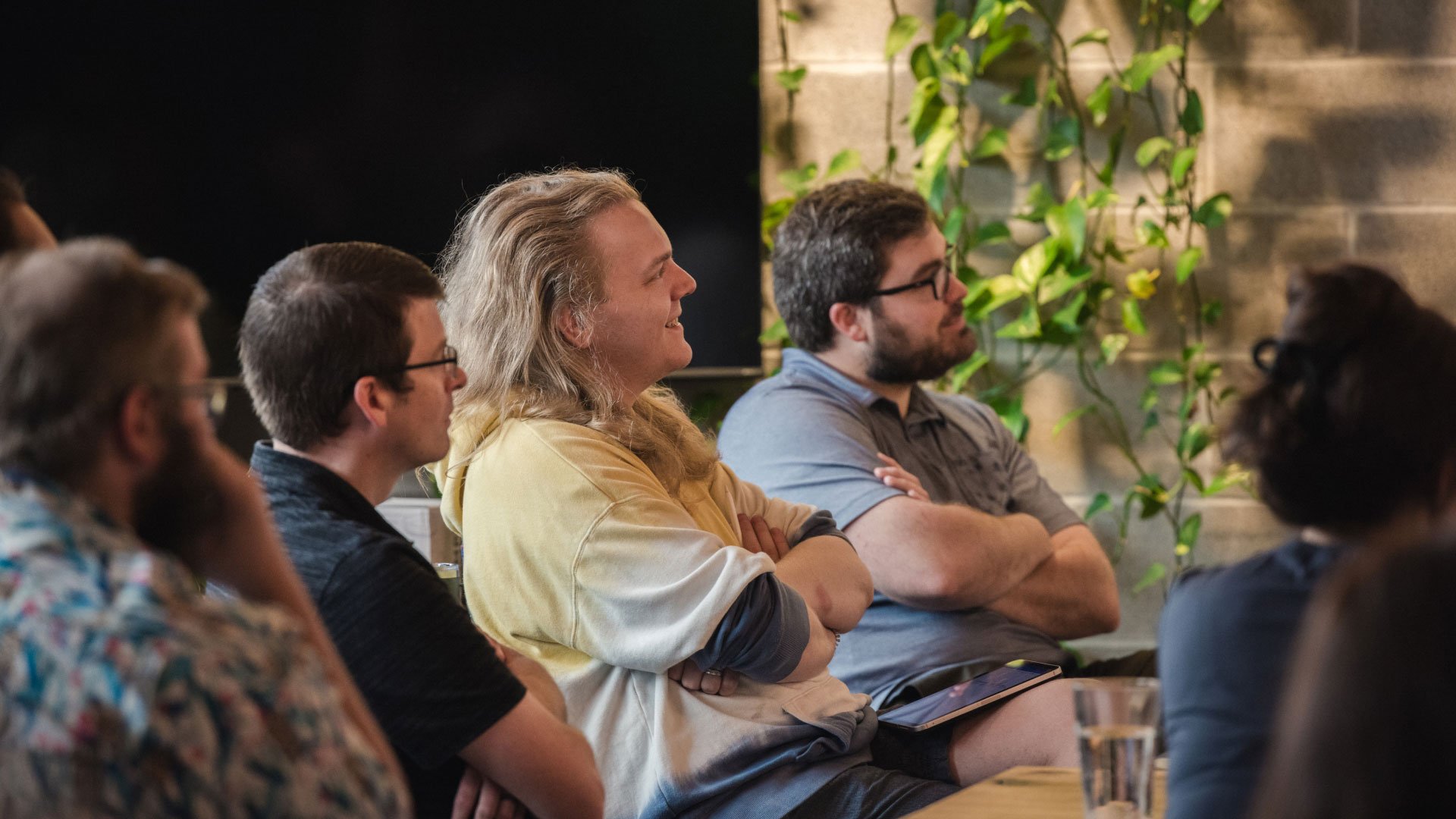Is Team Health at the Forefront in Your Annual Planning Meeting?
Kris Snyder is the founder of the growth advisory firm Impact Architects and has helped entrepreneurs for over 25 years. Here, he explains why team health is one of the most important aspects of your Annual Planning Meeting and gives you his favorite team health exercises for building trust and rapport.
The Importance of Team Health in Annual Planning Meetings
Annual Planning Meetings are an essential opportunity to assess and improve team health. Having your Senior Leadership Team (SLT) gathered in one place and in person allows you to make personal connections that build the efficacy and resilience of your organization. These exercises can start with simple “getting to know you” activities, then progress into deeper conversations about the value, contributions, and skillset of each unique team member.
Set Aside 3 Hours for Team Health During Your Annual Planning Meeting
When running your Annual Planning Meeting, it can be easy to get caught up in the numbers, focusing solely on performance and opportunity while leaving team health by the wayside. But taking three hours to focus on team health and allow your team members to appreciate each other as humans can help them be more empathetic when things get hard throughout the year. It helps us focus, align, and thrive together as we create our annual plan.
On the first day of your two-day Annual Planning Meeting, we encourage you to reflect on the prior quarter and then shift focus for the next three hours to evaluate team health. This is really preparing you to think about strategy and how to best leverage the talent of your team members.
There is a sequence of important team health exercises I like to lead when I run a client’s two-day annual meeting. Let’s run through them together.
Start with Warm-Ups (And Then Dig Increasingly Deeper)
First, there’s always the easy warm-up. We’ll usually do The Five Dysfunctions of a Team exercise. (Read the book beforehand and reflect!) That’s an easy way for us to look at things in a non-personalized way.
Then, we’ll do an exercise on sharing personal things. We recommend that teams take 5 minutes to answer the following, starting with a brave volunteer and then moving to the left:
- Hometown
- Number of siblings and best thing about one of them
- Greatest challenge growing up
- First job
- Something unique about you that not one person here knows
All these simple “get to know you” questions are warming us up to share a little bit more.
Ninety’s One Thing Exercise
Another key exercise that we recommend is called “One Thing,” and it’s a two-part conversation to build team trust. For each team member, ask the audience to shout out their most “admirable trait.” Let the comments flow organically and allow the recipient to take a moment to reflect on — and be flattered by — all the recognition. They can also take notes if they want to remember their key takeaways.
The second part of this exercise is a little more intensive and should only be undertaken if your team’s Trust Score is greater than 90 as determined by our founder’s Trust Score formula. Do the same exercise as in part one, but have everyone provide one thing each team member should start or stop doing for the greater good of the team. Again, the team member should just listen actively or take optional notes. This is a simple way to increase efficiency and collaboration between individual team members and departments.
Assess Organizational-Level SWOT (And Then Departmentally)
One of the things our company-building tools in Ninety do really well is documenting the SWOT (strengths, weaknesses, opportunities, and threats) analysis, which is integral to your Annual Planning Meeting. In those two-day SLT Annual Planning Meetings, we’ll document the organizational SWOT in Ninety’s software. Then, senior leaders can also create department-level SWOTs.
Our Vision tool in Ninety allows you to share the SWOT at every departmental level, which is pretty interesting because you can start to think about the trends and threats you notice in the market. This can then help guide the department’s senior leader, who will represent that department at the Annual Planning Meeting.
Everybody could use a little team health and spend a little time on SWOT and strategy. That’s healthy. It just depends on how much time and capacity we have to undertake that work.
Score Your Level of Trust (And Then Store it for Later Reflection)
At the core of all these exercises is trust. Team trust is a foundational element in building a cohesive team. It's about believing that your teammates will do their jobs and feeling confident in their intentions, capabilities, and commitment to the team's success. Establishing and maintaining trust within a team can significantly improve the team's performance, collaboration, and morale.
Trust is under attack right now because the way we work has changed. We don’t always get to meet each other. We can potentially work together for months or years, and when we finally see each other in person for the first time, we’ll all seem different than how we were framed digitally.
We can rate the SLT and distinct departments on things like trust in an annual Scorecard in Ninety’s software. The Scorecard in the Data tool in Ninety is a great place to store that information so it remains top-of-mind, and you can reflect on it throughout the year. So the Scorecard is a great tool — not just for analyzing metrics and data but also for analyzing your team health.
Prepare, Get Alignment (And Then Execute)
There’s a lot to accomplish during your Annual Planning Meeting, so when running your first annual meeting in Ninety, I’d like to offer a few more tips:
- Prepare. You need to do a lot of planning ahead of time so that you can think really strategically about the business.
- Put time into the SWOT. Dive deep and evaluate any changes to your competitive landscape.
- Conduct research. Seek out your advisors to talk about the market ahead of time and dig into market research.
- Think about team health ahead of time. Quietly think about how everybody is doing. Consider how you’re doing and how you exist within the organization. Your SLT should read The Five Dysfunctions of a Team ahead of your Annual Planning Meeting and then ask themselves questions like, “How are we doing on things like trust and healthy conflict?”
So often, we’re just marching from one quarter to the next. Instead, the Annual Planning Meeting gives us an opportunity to gain alignment for the next year. We can take the time to consider:
- “What has the market been doing? What do we think it might do in the coming year?”
- “What’s happened to us in the past year? What can we learn from that?”
- “How can we lean into the things that scare us and the things that are outside of our control, like pandemics and other global trends?”
We could either keep our head down or pick these scary things up and go, “Is there an opportunity here?” Then we ask ourselves, “What are we gonna do about it?”
Annual planning is agreement and alignment for the next year. It’s team health. And then it’s execution.
It’s great to have goals, but if we don’t have the discipline to achieve them, then it doesn’t really matter much.
Note: This article was originally published on Oct. 5, 2022, and has been updated to reflect current Ninety terminology and include additional information.






